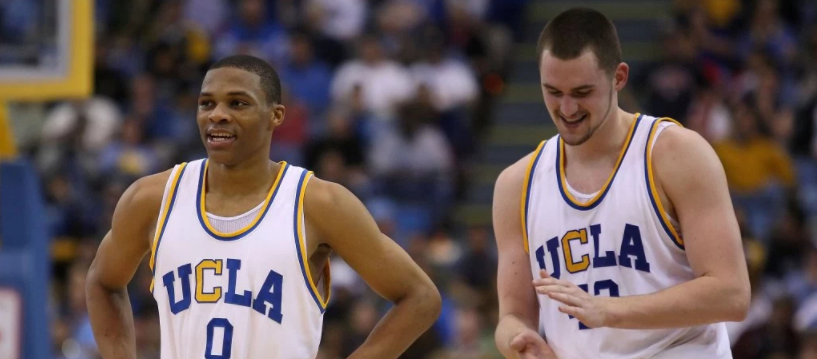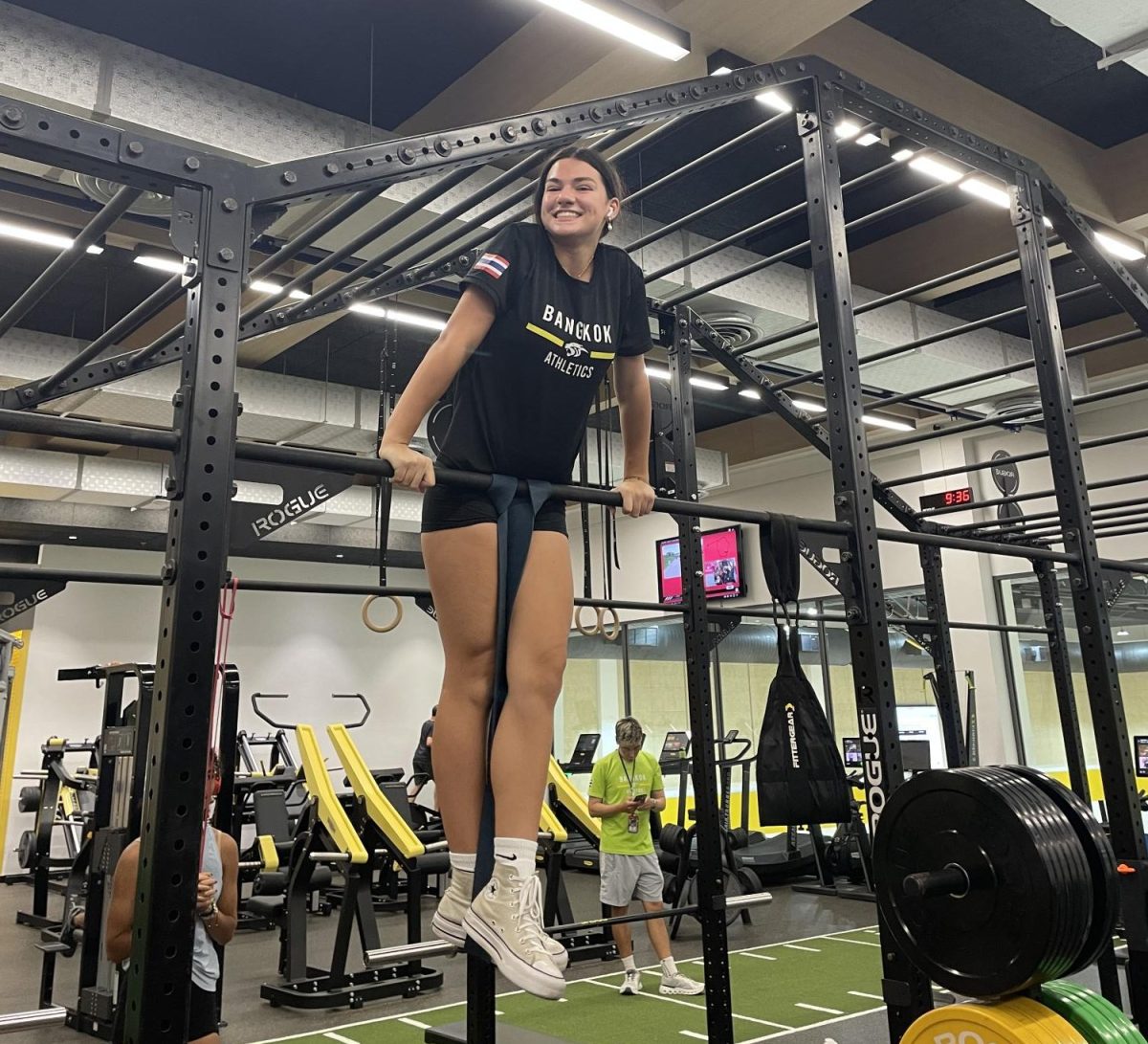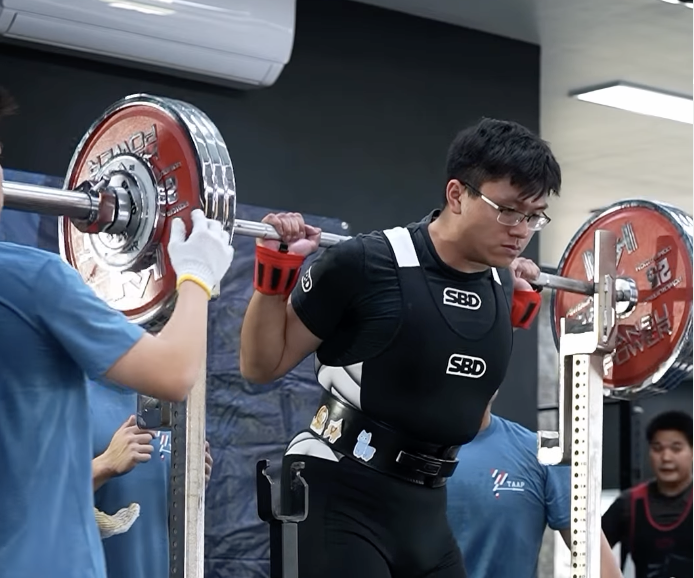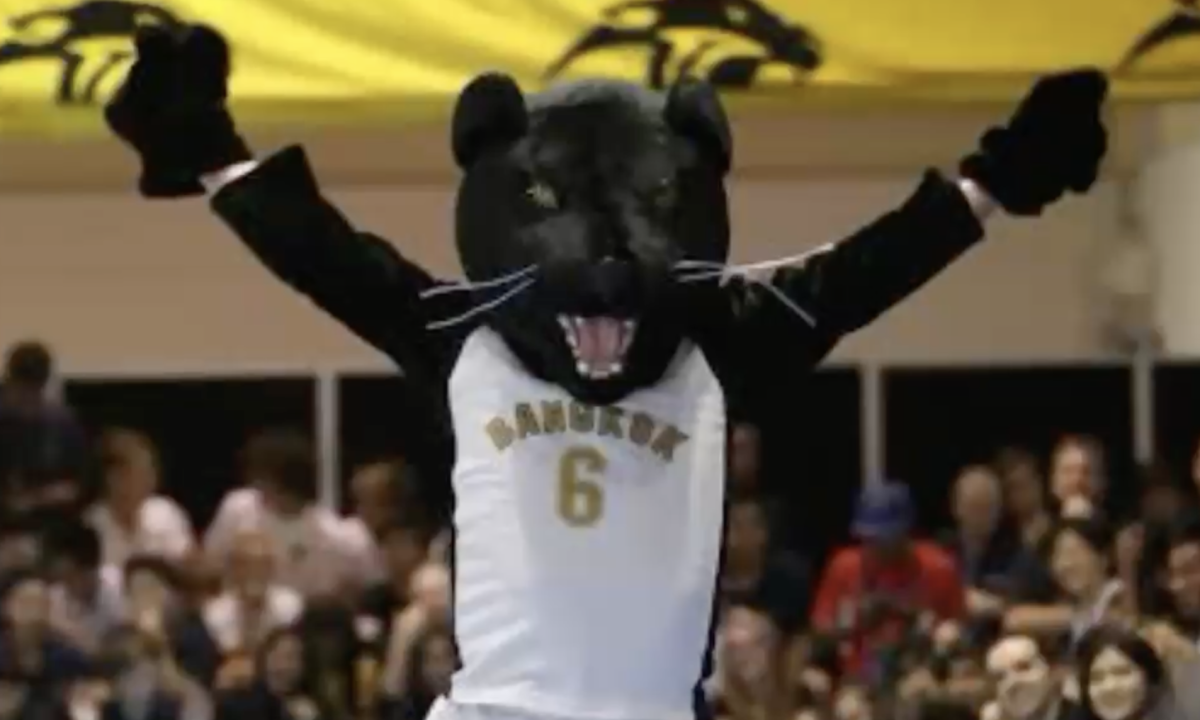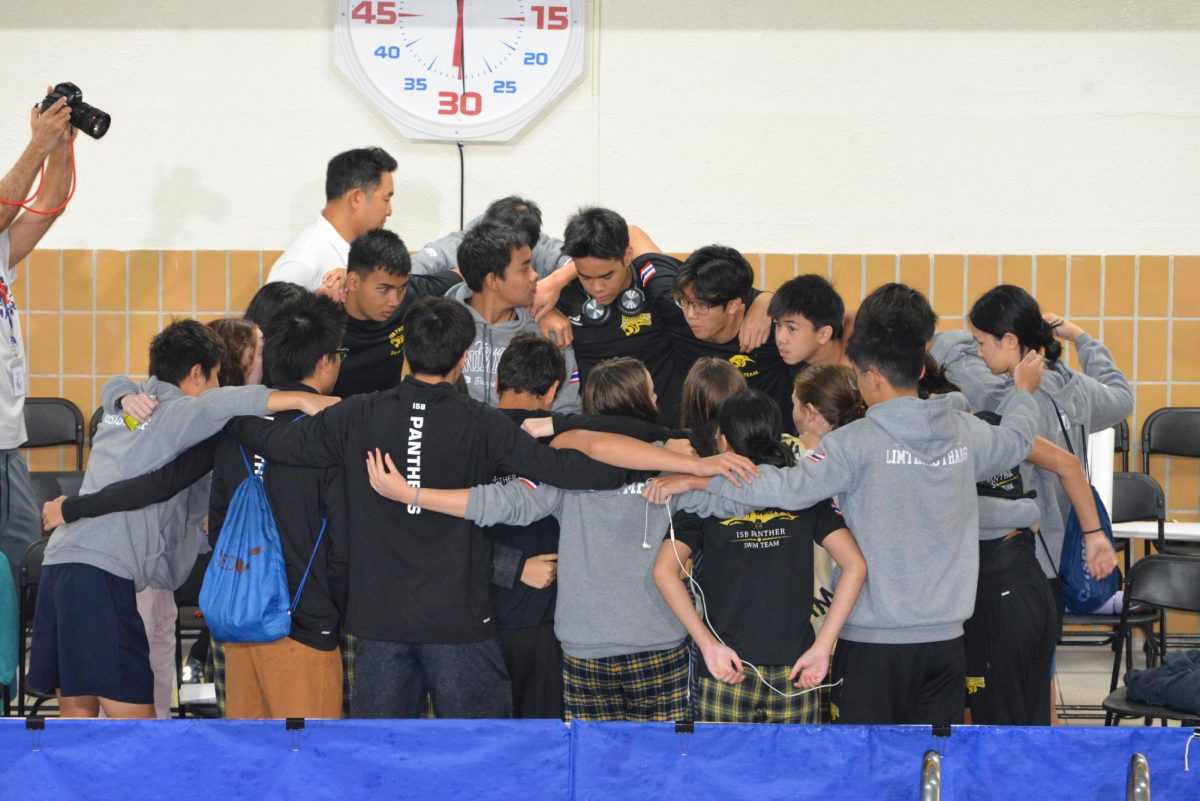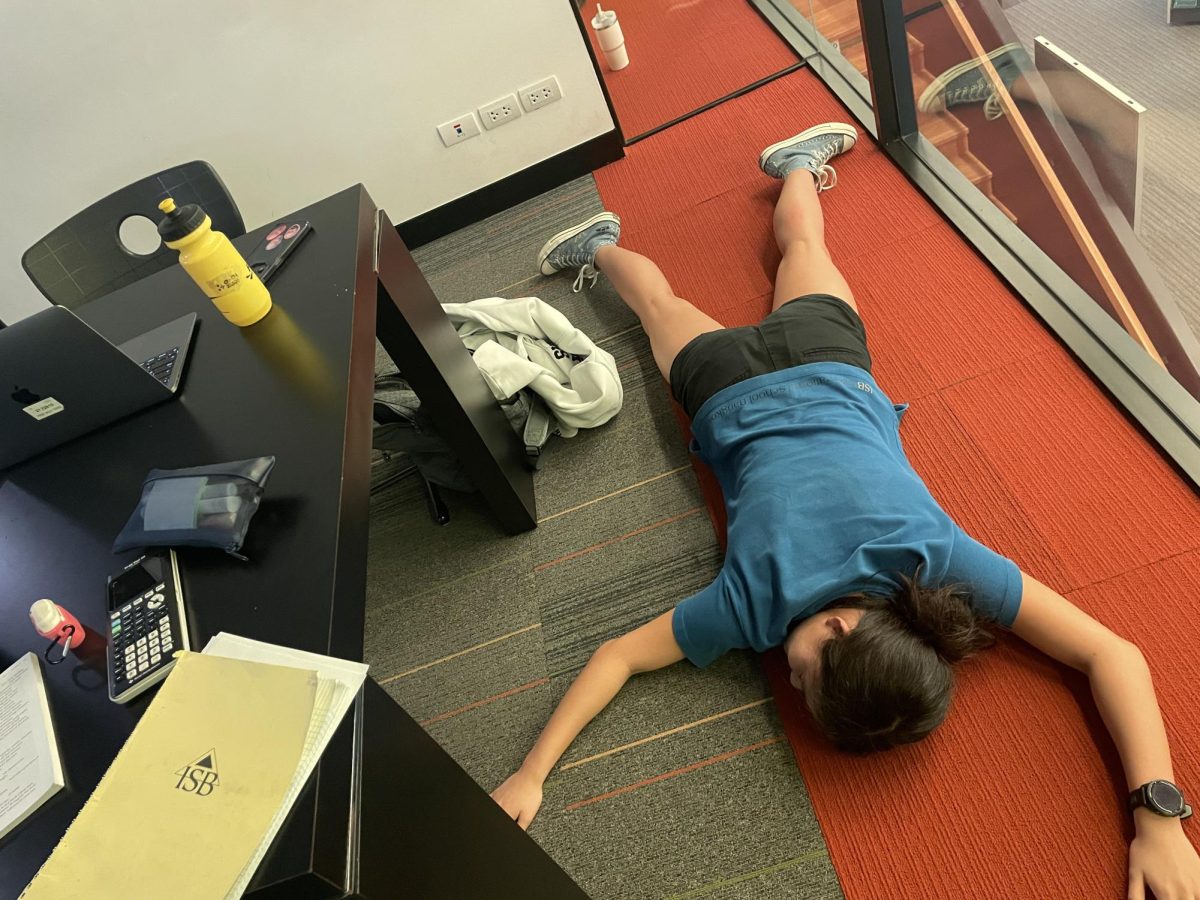Sports scholarships are one of the hardest things for an athlete to receive. While they are certainly challenging, but rewarding as well. There is also a very slim chance of receiving a sports scholarship. According to Kelley Holland, a journalist for CNBC “If you look at all the kids who are playing a high school sport, and then you look at the percent that wind up with a scholarship in the end, at an NCAA school, it’s around 2%.”
According to the National Collegiate Athletic Association (NCAA), 18.2 million students enroll in college, but only 176,000 of those people receive sports scholarships. Only 6 sports offer full ride scholarships which are: American Football, Soccer, Basketball, Women’s Gymnastics, Volleyball, and Tennis.
Some of our own ISB teachers have received sports scholarships. Mrs. Hagen an English teacher received two for Field Hockey and Lacrosse at the University of New Hampshire. “Playing two sports in Division 1 is really challenging” says Mrs. Hagen as she reflects on her college experience. “It is basically like having a full time job, I worked 20 hours a week and I took a full course load of advanced programs. I was busy, I was really, really busy.”
Sports scholarships are earned by hard work and constant training. Mr. Bentley, one of ISB’s high school math teacher, trained everyday from 10th grade on by “running and putting on a lot of miles.” Students who have received sports scholarships place all of their time into that sport by training everyday year round.
Hard work and determination pays off when it comes to the amount of money received for the sport. “There are a fixed number of scholarships, so you basically had a pot of money and you usually had more kids on the team than that pot of money would support,” says Mrs. Hagen. Although it is rare to receive a sports scholarship, even then one cannot expect a full ride. There is limited money given out for sports scholarships so most people only receive half a scholarship.
Mr. Quinett, our Athletics Director, played Basketball for Seattle University. He felt that “the biggest challenge is how incredibly competitive environment it. There are a lot of people that are chasing athletics scholarships, especially now.” Although it might be very challenging, he was glad he had the opportunity to receive a free education and play a sport he loves.
Another challenge these teachers faced was balancing academics and sports. “Saying that your number one priority is school and academics when the university is saying it is sports makes it really difficult to maintain that balance” says Mr. Quinett. For others it may not come across as difficult. According to Mr. Bentley “In high school, [he] had picked up really good habits about time management.” Thus showing how important time management is even when being completely consumed by sports.
However, through all the challenges they faced, the community in college was worth it. “I loved the community of my team, you automatically have a peer group. You go to college and it is very overwhelming and then immediately you find people you have sports in common with” reflects Mrs. Hagen.
Although there are many obstacles in receiving a sports scholarship and maintain it, the overall feeling and environment is rewarding and enjoyable.
Claire S

